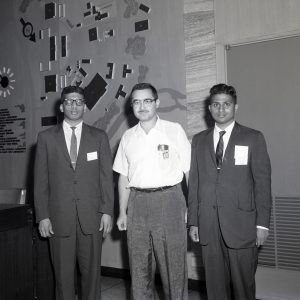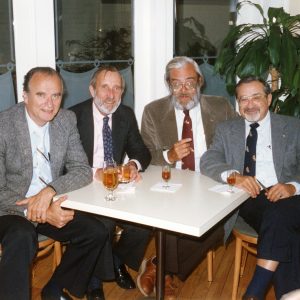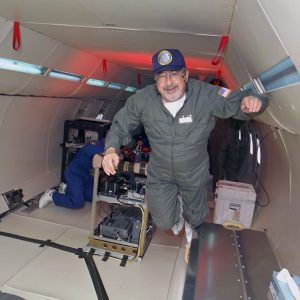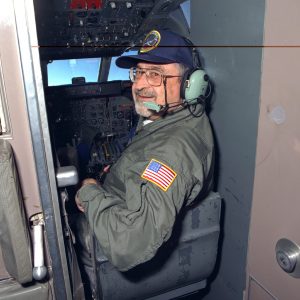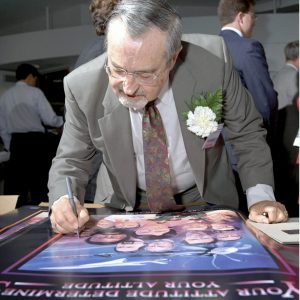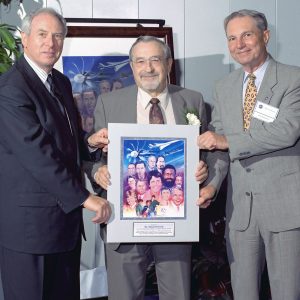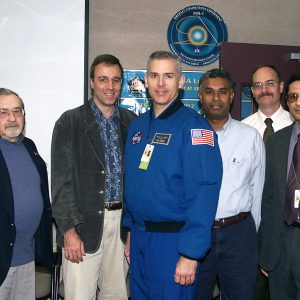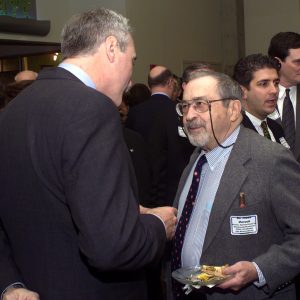Simon Ostrach
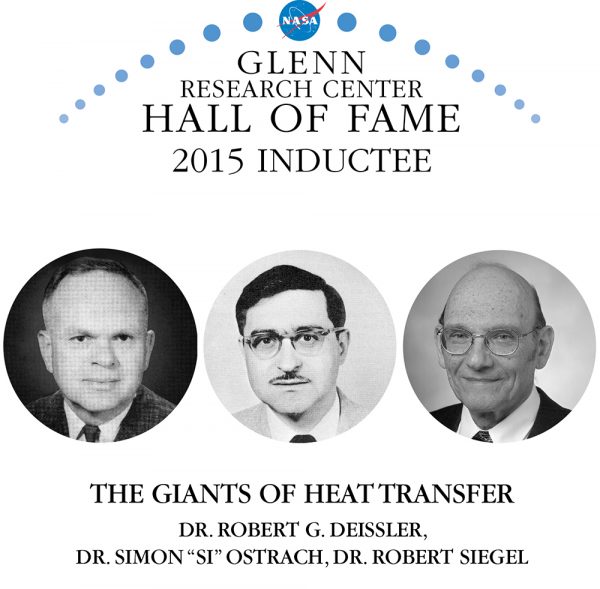
Biography
When Simon Ostrach began his career in 1944 at the Aircraft Engine Research Laboratory, he was working on engine cooling problems for World War II aircraft. After the war, he performed thermodynamic analyses on turbojet and turboprop engines. In 1947 Ostrach’s branch chief nominated him for a predoctoral fellowship at Brown University. Upon receiving the award, Ostrach decided to pursue a fluids heat transfer problem for his thesis, even though he had no formal heat transfer training. Unlike most of his contemporaries, Ostrach employed deductive logic to resolve the problem.
When Ostrach returned to the Laboratory in 1949, he expected to be placed in the Thermodynamics Division. Instead, he was assigned to the Special Projects Division. In the mid-1950s Associate Director Abe Silverstein created a four-person Applied Mechanics Group (Ostrach, Stephen Maslen, Frank Moore, and Harold Mirels). The team would work on special research issues as well as pursue their own basic research investigations. Ostrach expanded on his work at Brown in the new field of fluid flows generated by buoyancy. Encouraged by colleague Ernst Eckert, Ostrach was able to convince Director of Research Abe Silverstein of the usefulness of the research by couching it in terms of water-cooled turbine blades for jet engines.
Buoyancy-driven flow stems from the difference in density between two liquids that are subjected to gravitational forces. Although heat is considered the primary driver of fluid motion, Ostrach demonstrated that viscous dissipation increases flow velocities in the same way that heat does. The knowledge gained through Ostrach’s research has enabled the development of technologies for producing crystals for semiconductors and for producing microelectromechanical (MEM) devices.
Ostrach also designed major experiments that flew aboard the space shuttle in 1992 and 1995. These provided significant insight for developing life-support systems for space and for processing materials on Earth. Ostrach also was the creator and widely quoted proponent of the concept known as Research for Design, or R4D, which encourages corporate and academic researchers to work together and to employ a more direct approach to performing research that keeps near-term applications in mind.
Ostrach later wrote, “I have obtained a great deal of personal satisfaction in working in this field, but my greatest pleasure has come from the acceptance of me and my work by the heat transfer community and the many wonderful friends that I have as a result.”
After leaving NASA in 1960, Ostrach was a professor and researcher at the Case Western Reserve University for 60 years. He is now the Wilbert Austin Distinguished Professor Emeritus of Engineering at Case. At the age of 91, his current focus is on the behavior of fluids in zero gravity and on how flows are induced and affected by various forces.
Dr. Si Ostrach passed away in October 2017.
Documents
- Simon Ostrach Biographical Sketch (1987)
- Ostrach Post-NASA Articles (1973-2002)
- Simon Ostrach Articles (1947-60)
- Ostrach Technical Bibliography
- Superstars of Modern Aeronautics (1998)
- Ostrach on the Occasion of His Retirement (2007)
- Ostrach, NASA Superstar and CWRU Researcher (2017)

